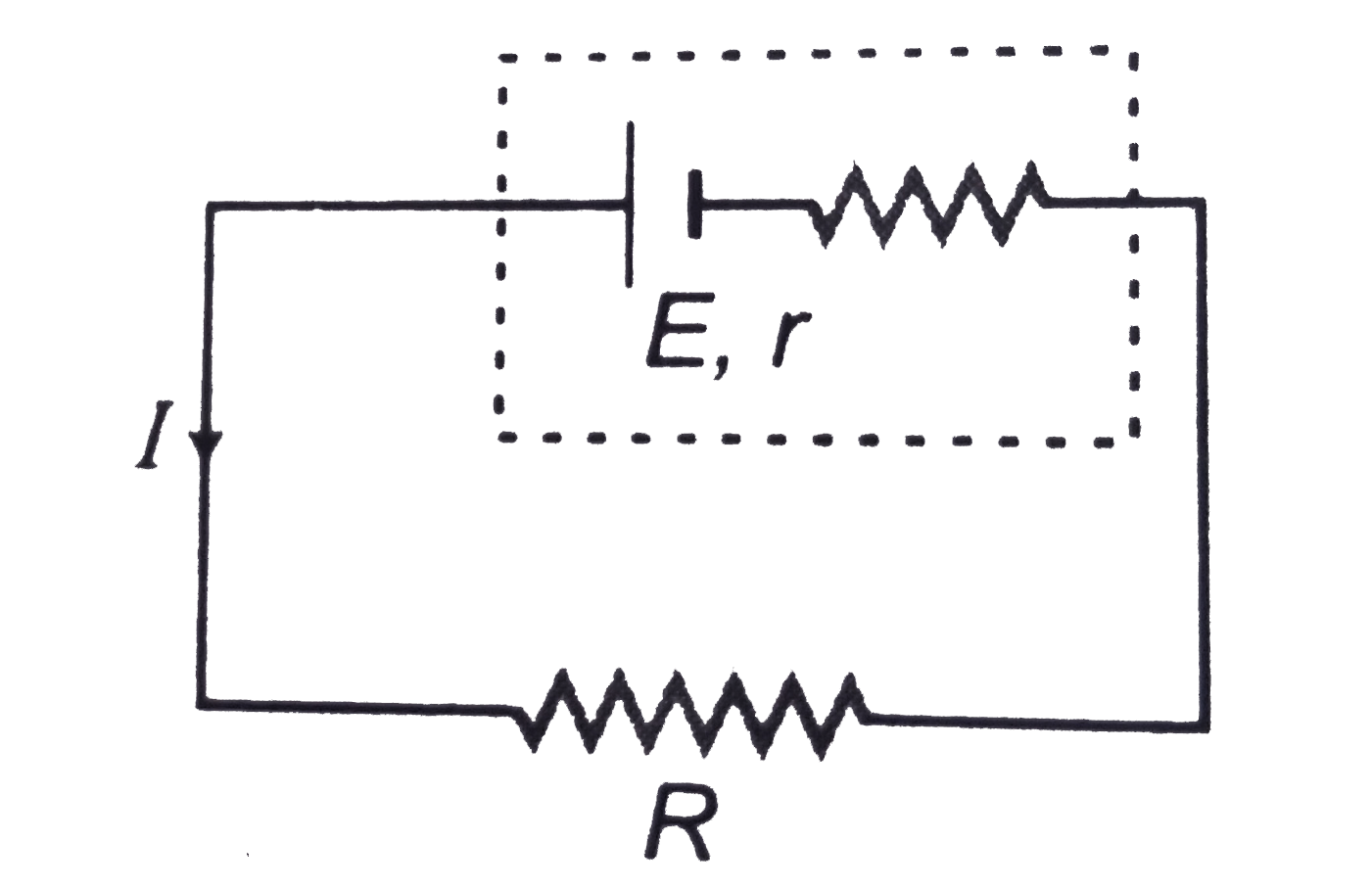Assertion : Sky is maximum red in morning
Reason : Smallest wavelength scatter maximum
If both assertion and reason are true and reason is the correct explanation of assertion.
If both assertion and reason are true but reason is not the correct explanation of assertion.
If assertion is true but reason is false.
If both assertion and reason are false.
The correct Answer is:A
To solve the question, we need to analyze both the assertion and the reason provided.
1. Understanding the Assertion:
- The assertion states that the sky appears maximum red in the morning. This phenomenon occurs due to the scattering of light in the atmosphere. During sunrise, the sunlight passes through a larger thickness of the Earth's atmosphere compared to when the sun is overhead.
2. Understanding Rayleigh Scattering:
- The reason for the red appearance of the sky is due to Rayleigh scattering, which states that shorter wavelengths of light (like blue and violet) scatter more than longer wavelengths (like red). However, during sunrise and sunset, the blue and violet light is scattered out of the line of sight, leaving the longer wavelengths (red, orange) to dominate the sky's color.
3. Analyzing the Reason:
- The reason states that the smallest wavelength scatters the most. This is true; shorter wavelengths (blue and violet) scatter more effectively than longer wavelengths (red). However, in the context of the morning sky, the longer wavelengths are what we observe because they are less scattered and can reach our eyes.
4. Conclusion:
- Both the assertion and the reason are true. The assertion is correct because the sky does appear red in the morning, and the reason is also correct as it explains the scattering phenomenon. However, the reason does not directly explain the assertion since it focuses on the scattering of shorter wavelengths rather than the visibility of longer wavelengths during sunrise.
Final Answer:
- Both the assertion and the reason are true, but the reason is not the correct explanation for the assertion.
- The assertion states that the sky appears maximum red in the morning. This phenomenon occurs due to the scattering of light in the atmosphere. During sunrise, the sunlight passes through a larger thickness of the Earth's atmosphere compared to when the sun is overhead.
- The reason for the red appearance of the sky is due to Rayleigh scattering, which states that shorter wavelengths of light (like blue and violet) scatter more than longer wavelengths (like red). However, during sunrise and sunset, the blue and violet light is scattered out of the line of sight, leaving the longer wavelengths (red, orange) to dominate the sky's color.
- The reason states that the smallest wavelength scatters the most. This is true; shorter wavelengths (blue and violet) scatter more effectively than longer wavelengths (red). However, in the context of the morning sky, the longer wavelengths are what we observe because they are less scattered and can reach our eyes.
- Both the assertion and the reason are true. The assertion is correct because the sky does appear red in the morning, and the reason is also correct as it explains the scattering phenomenon. However, the reason does not directly explain the assertion since it focuses on the scattering of shorter wavelengths rather than the visibility of longer wavelengths during sunrise.
- Both the assertion and the reason are true, but the reason is not the correct explanation for the assertion.
Similar Questions
Knowledge Check
Assertion : The increase in wavelength due to doppler effect is termed as red shift.
Reason : In red shift, a wavelength in the middle of the visible region of the spectrum moves towards the violet end of the spectrum.AIf both assertion and reason are true and reason is the correct explanation of assertion.BIf both assertion and reason are true but reason is not the correct explanation of assertion.CIf assertion is true but reason is false.DIf both assertion and reason are false.
Assertion: Red algae contribute in producing coral reef.
Reason: Some red algae secrete and deposit calcium carbonate on their walls.
View SolutionAssertion : Aqueous gold colloidal sol is red in colour.
Reason : The colour arised due to scattering of light by particles of gold.
View SolutionAssertion (A): The increasing pressure on water decreases its freezing point.
Reason (R ):The density of water is maximum at 277K.
View SolutionAssertion :− Maximum absorption of food occur in small intestine.
Reason :− Villi & microvilli abundantly present in small intestine.
View SolutionAssertion (A): The increasing pressure on water decreases its freezing point.
Reason (R ):The density of water is maximum at 273K.
View Solution
Assertion :In the circuit shown in figure R is variable. Value of current I is maximum when R=r.
Reason: At R=r, maximum power is produced across R.
View SolutionAssertion:− Maximum degree of mobility can be seen with a ball & socket synovial joint
Reason :− A ball can rotate in a hollow spherical socket on infinite axises.
View Solution
